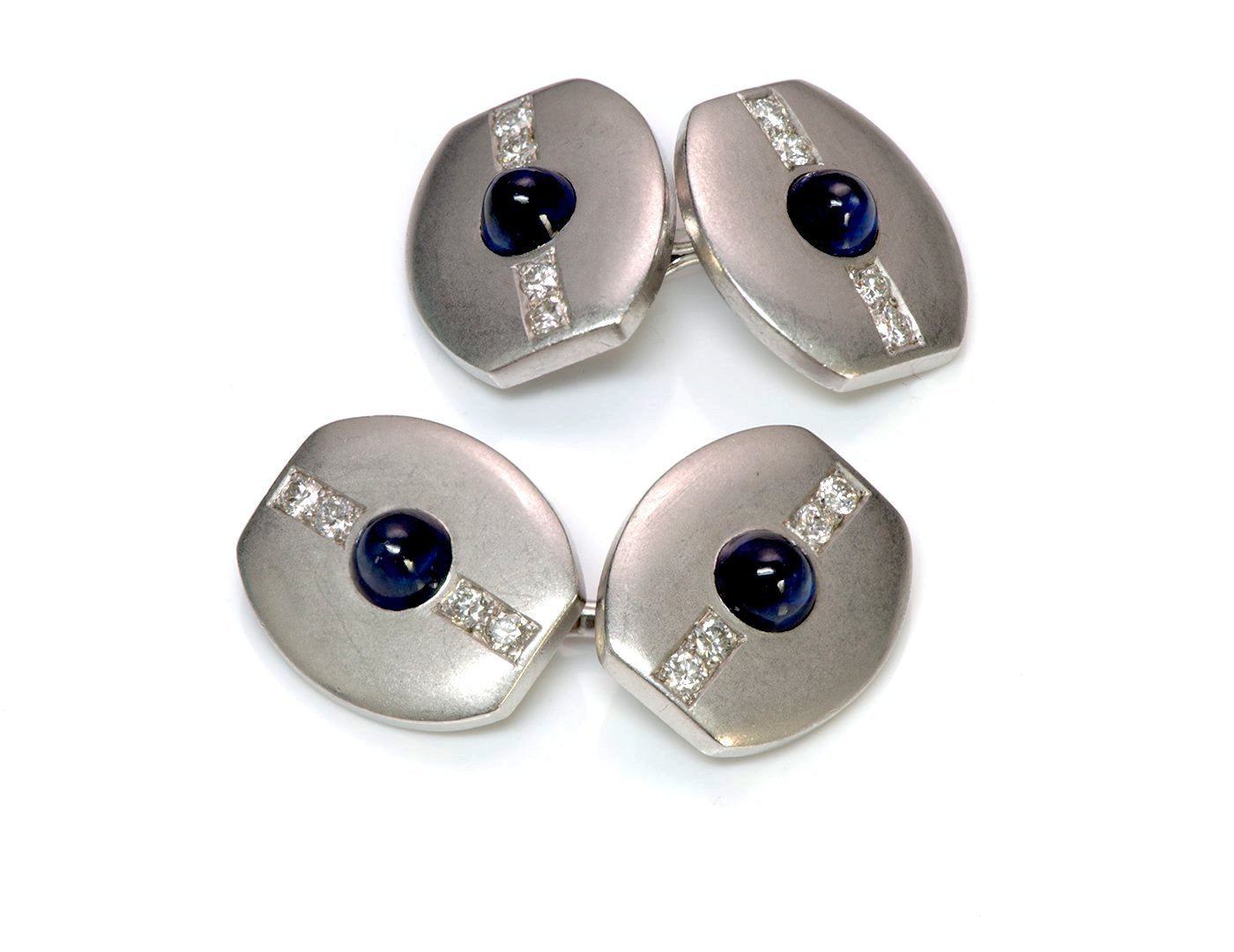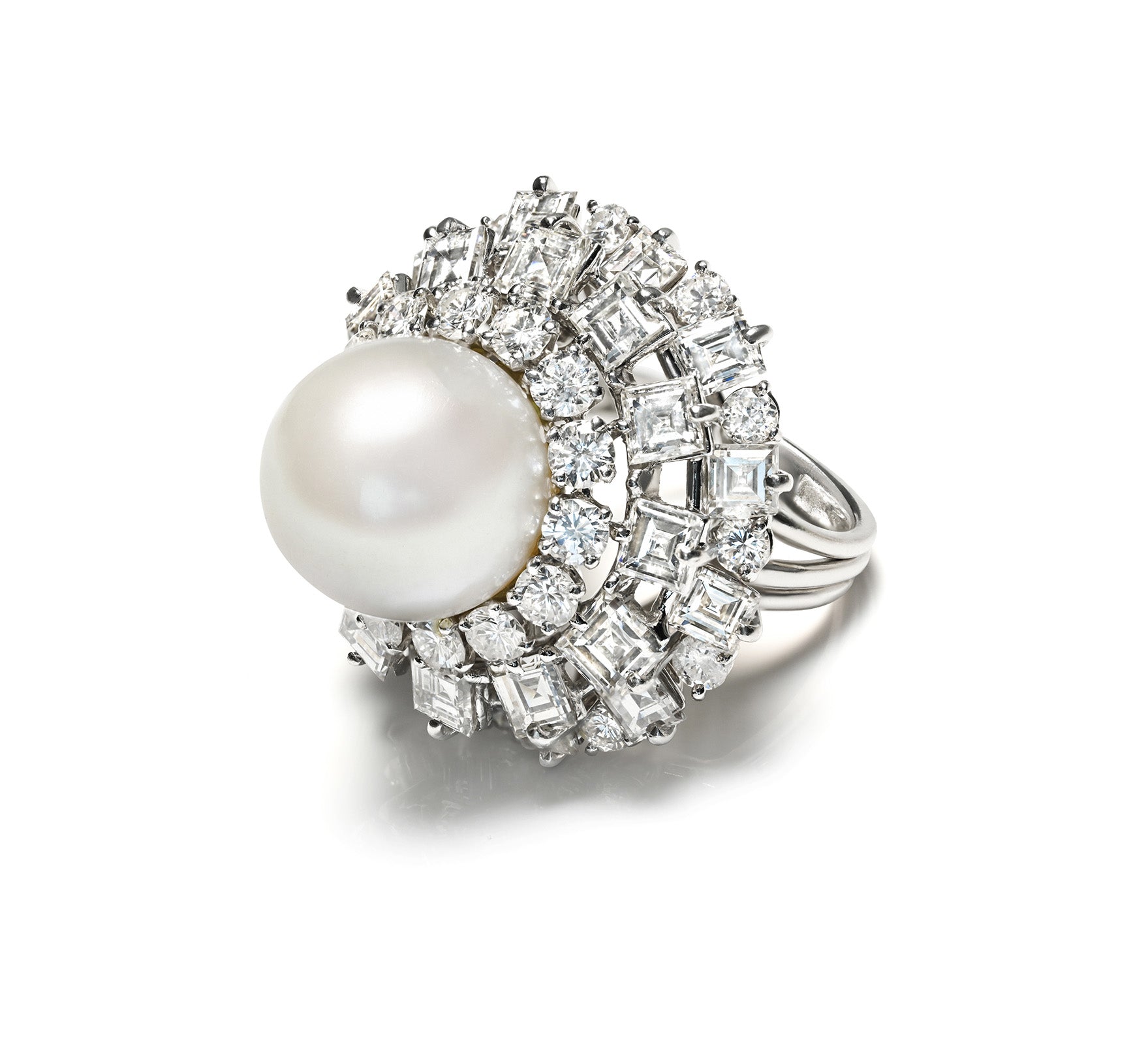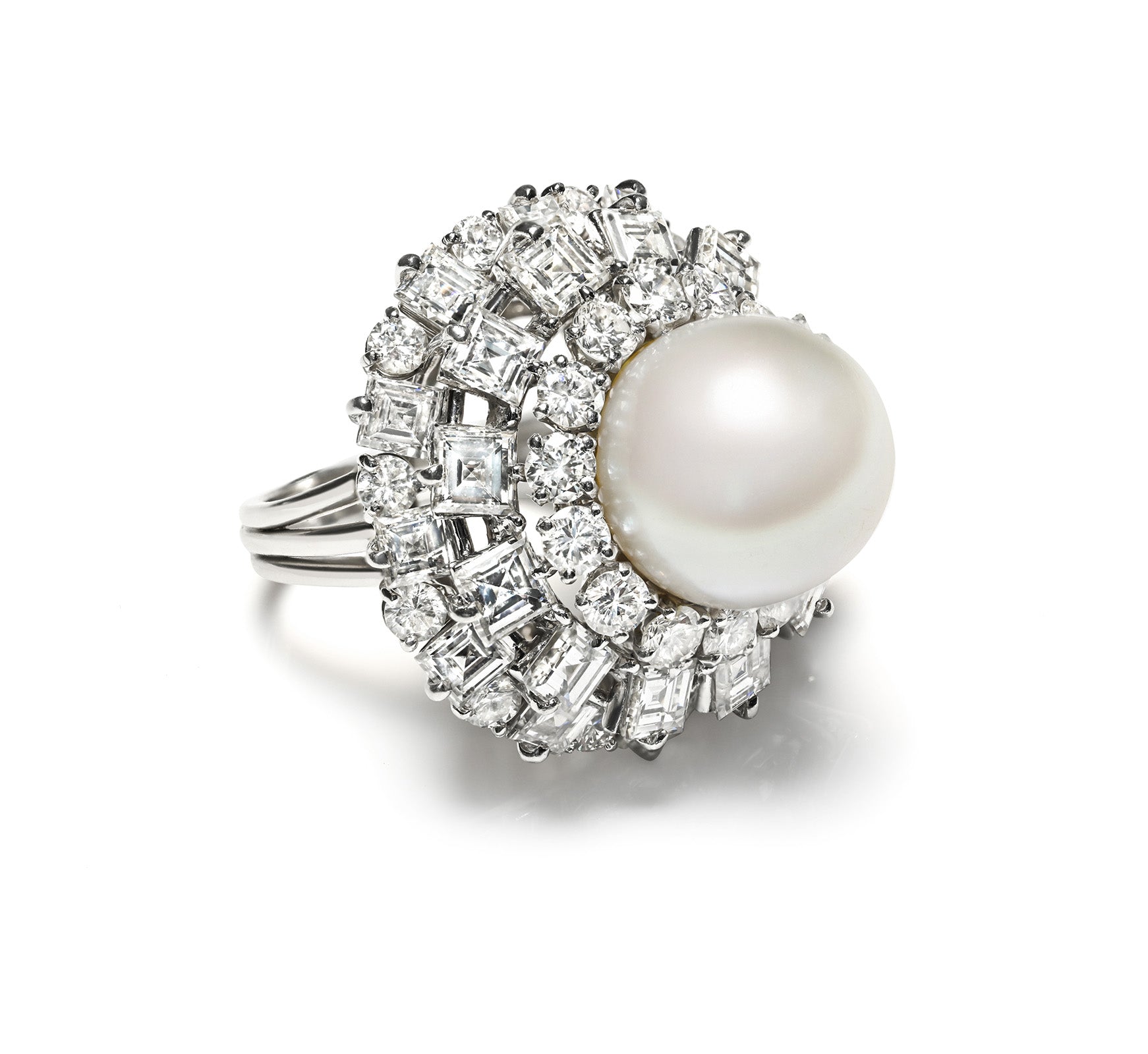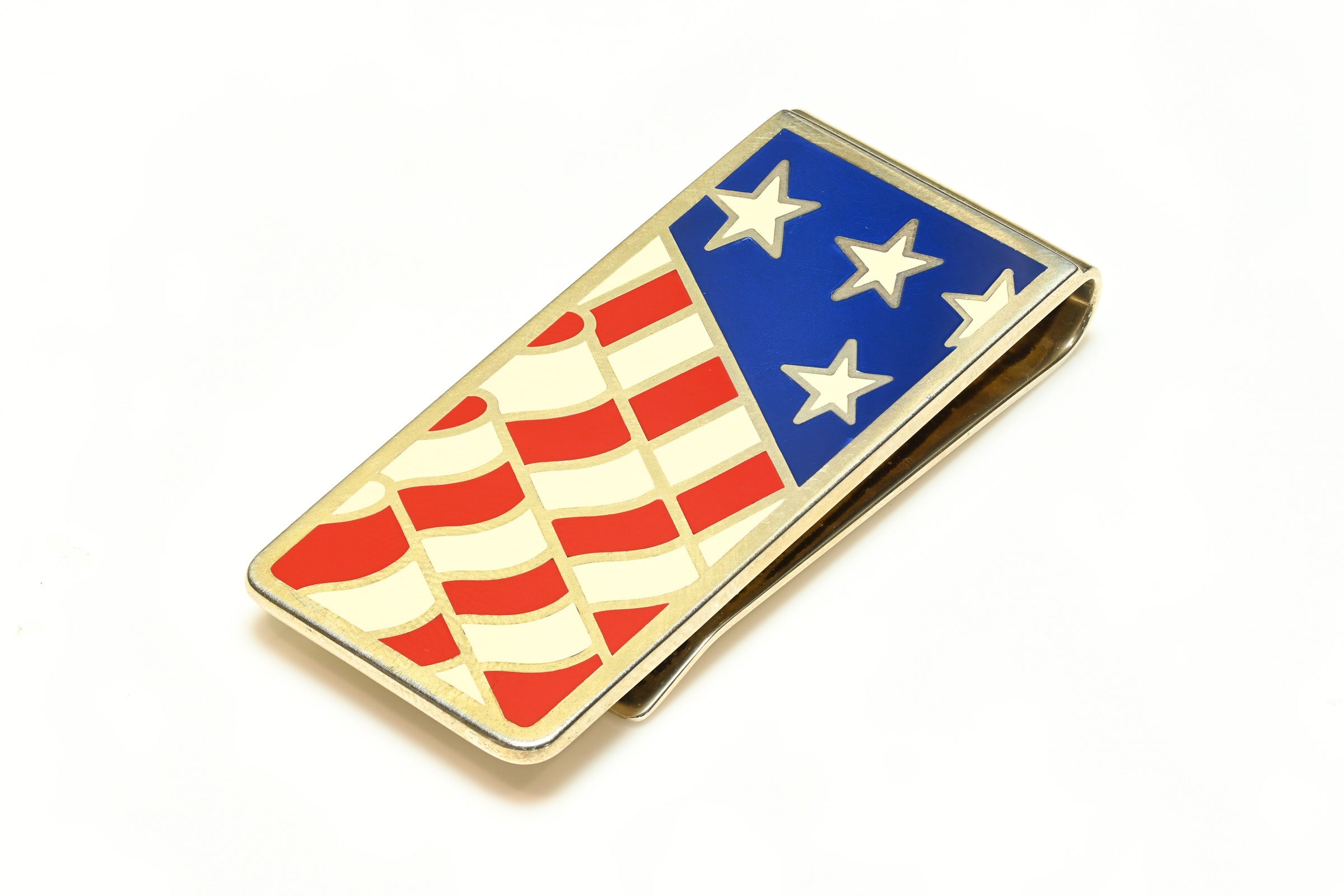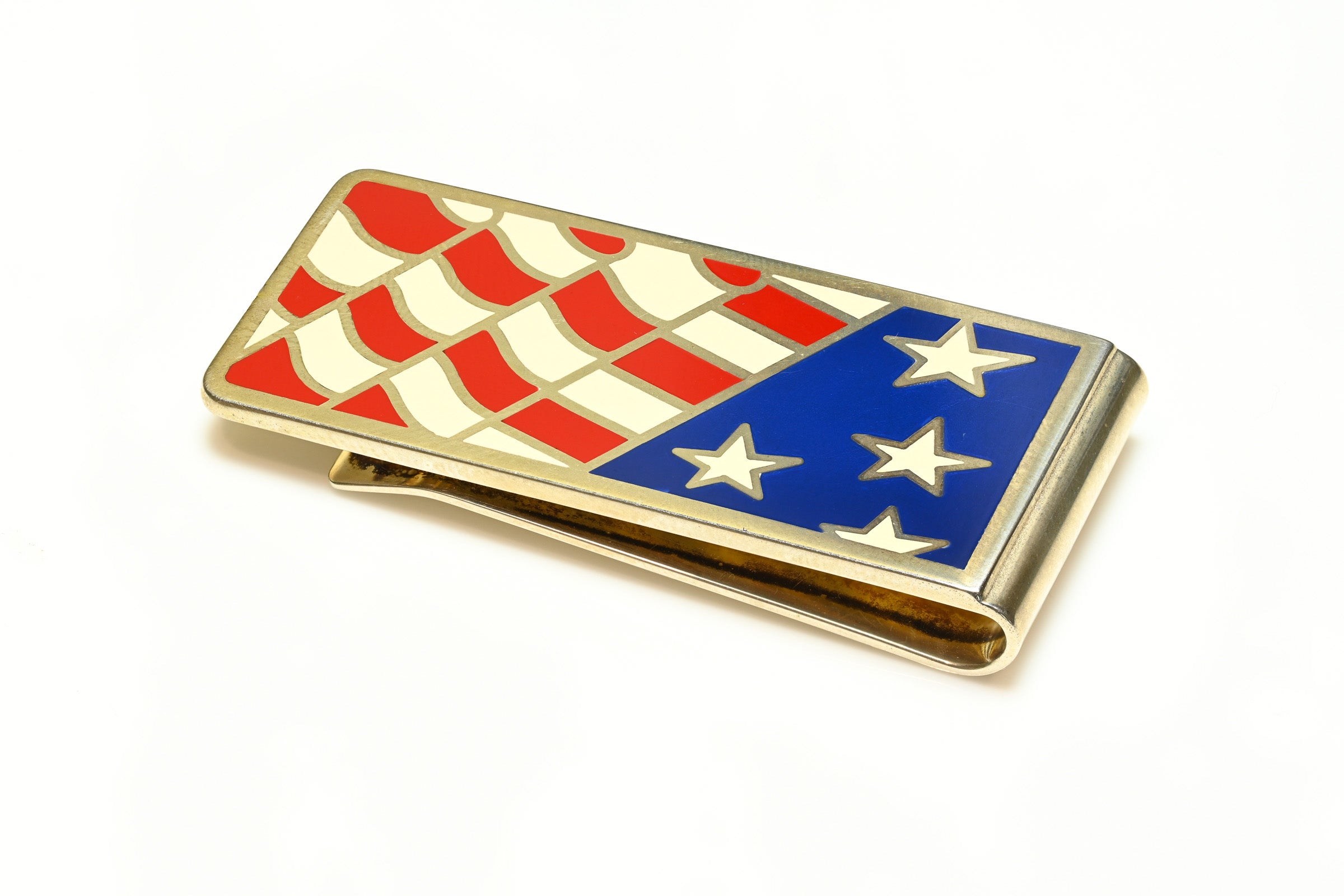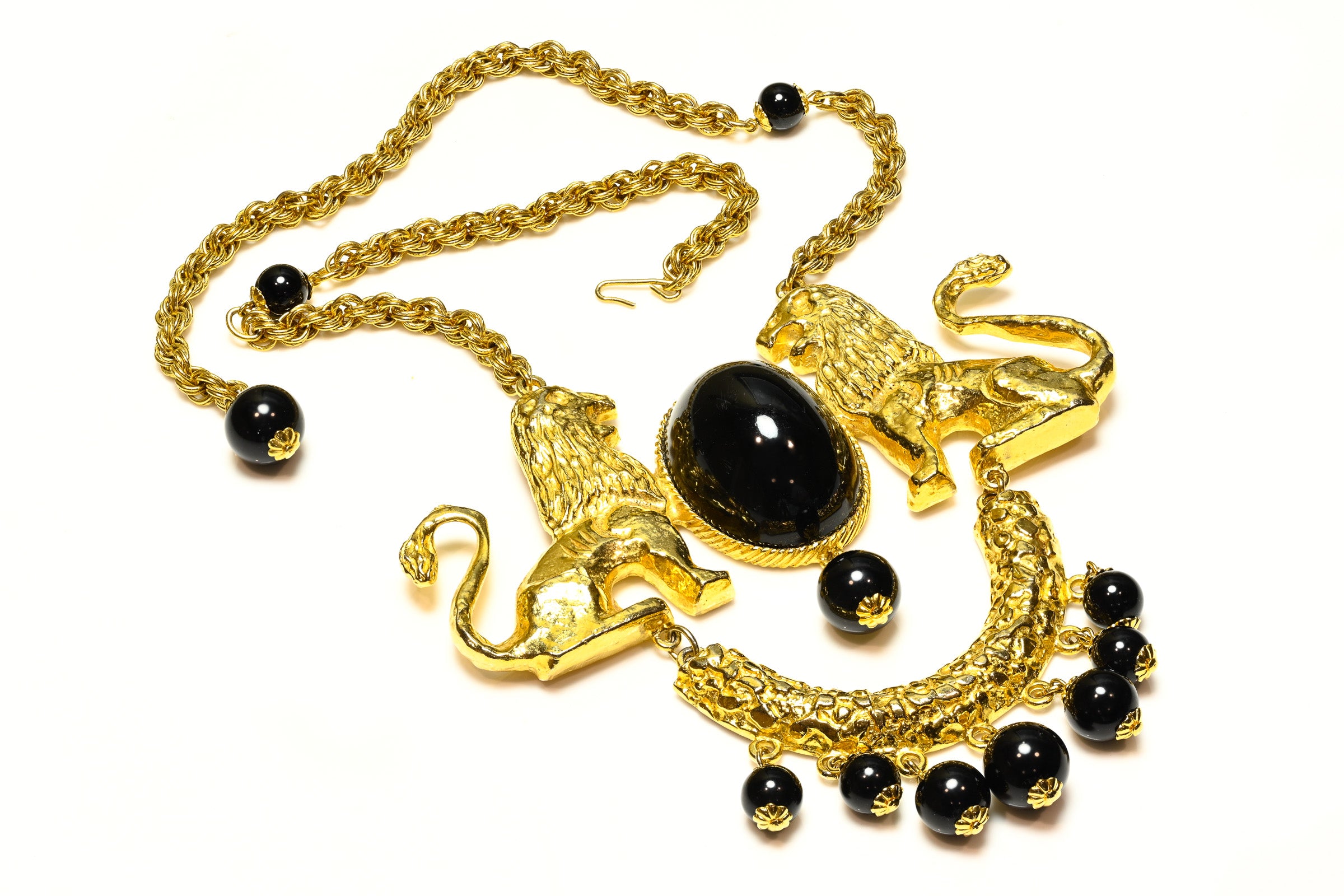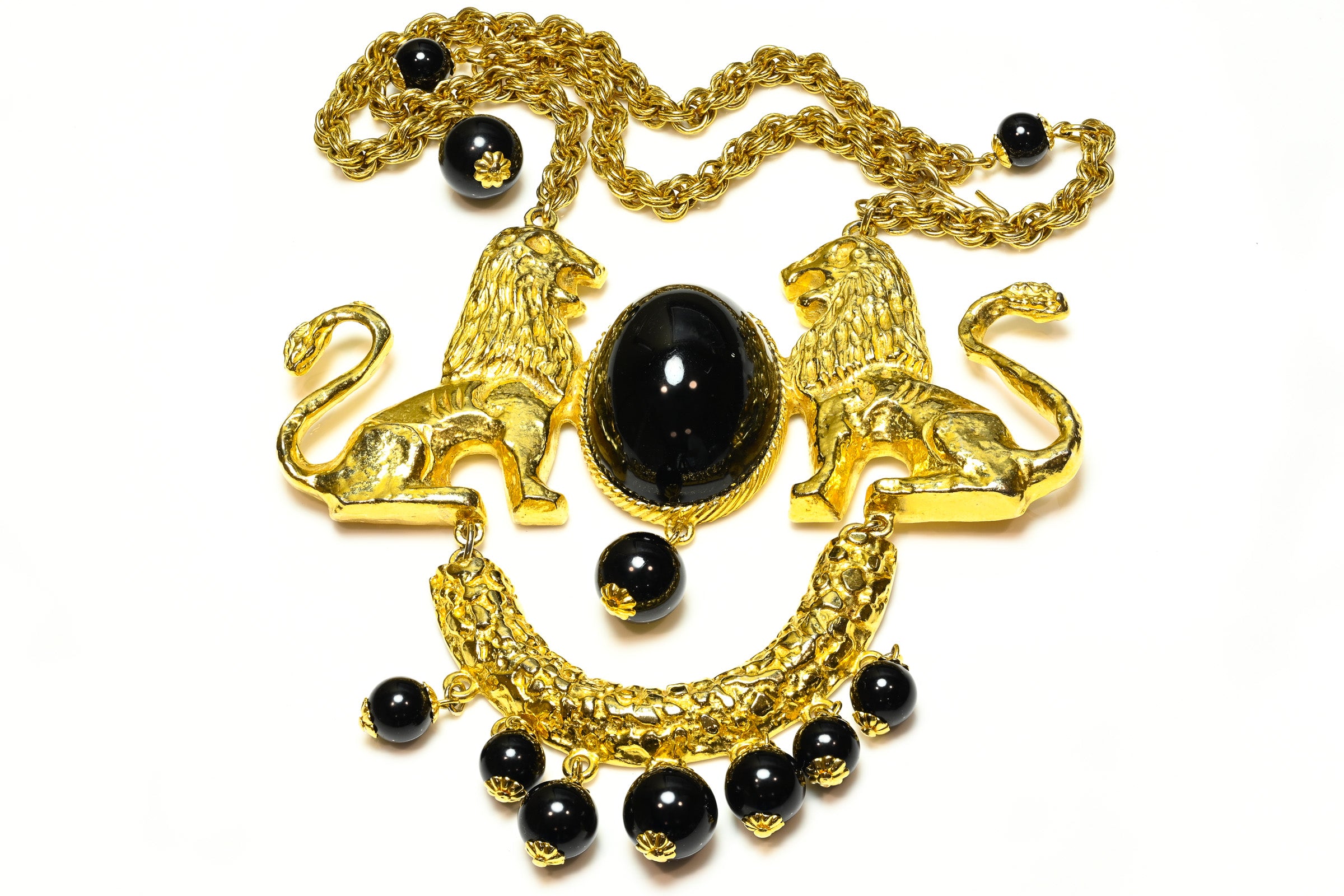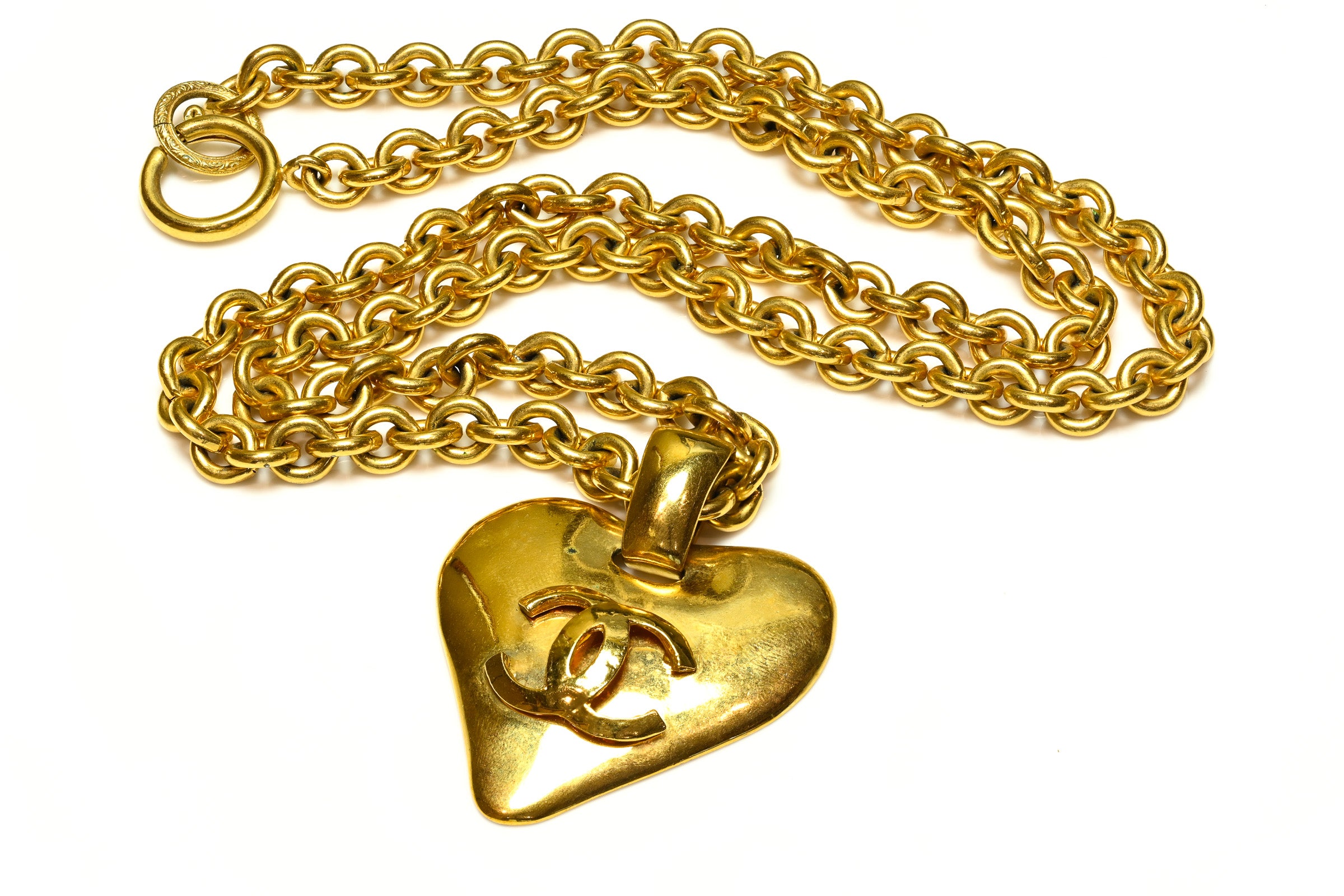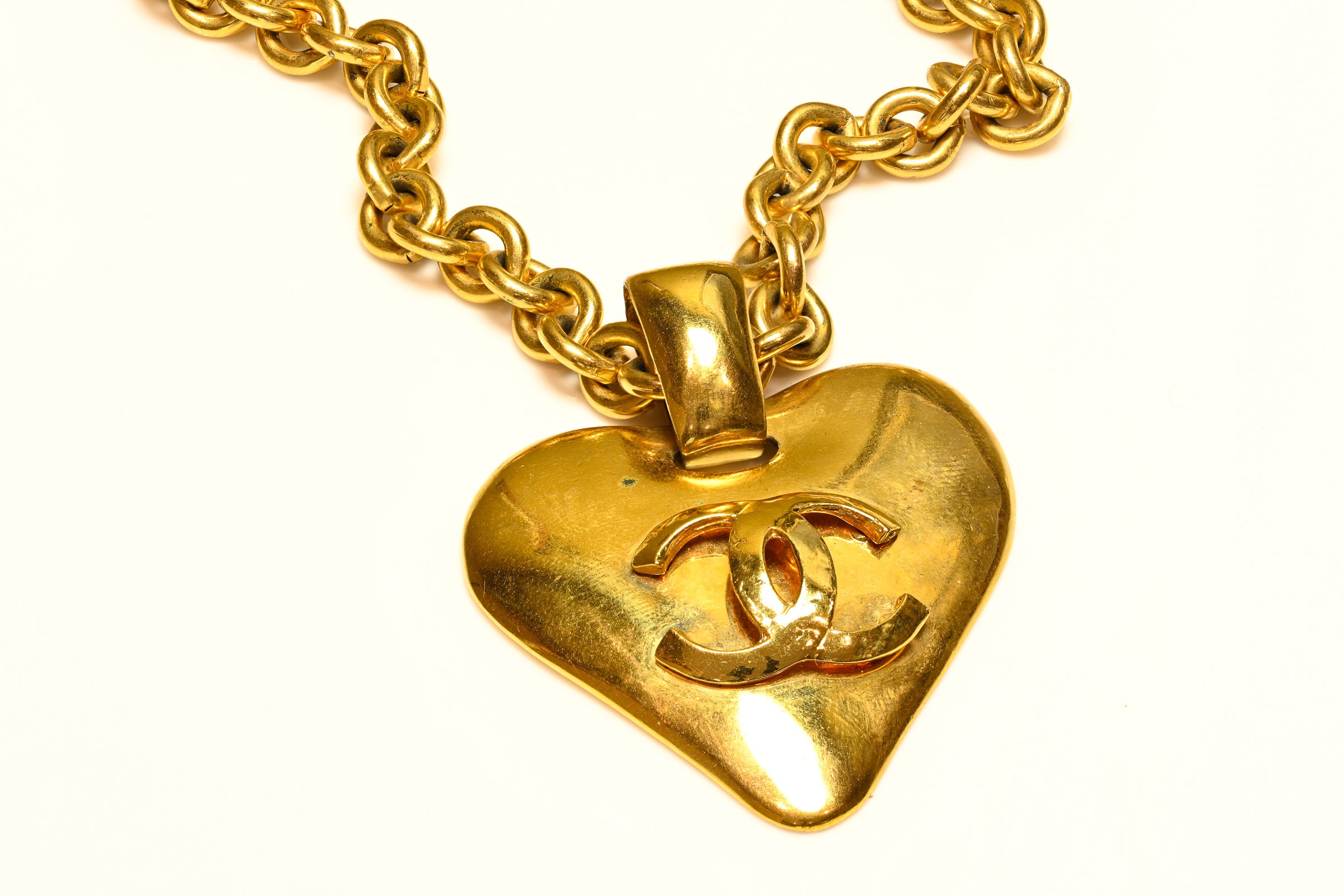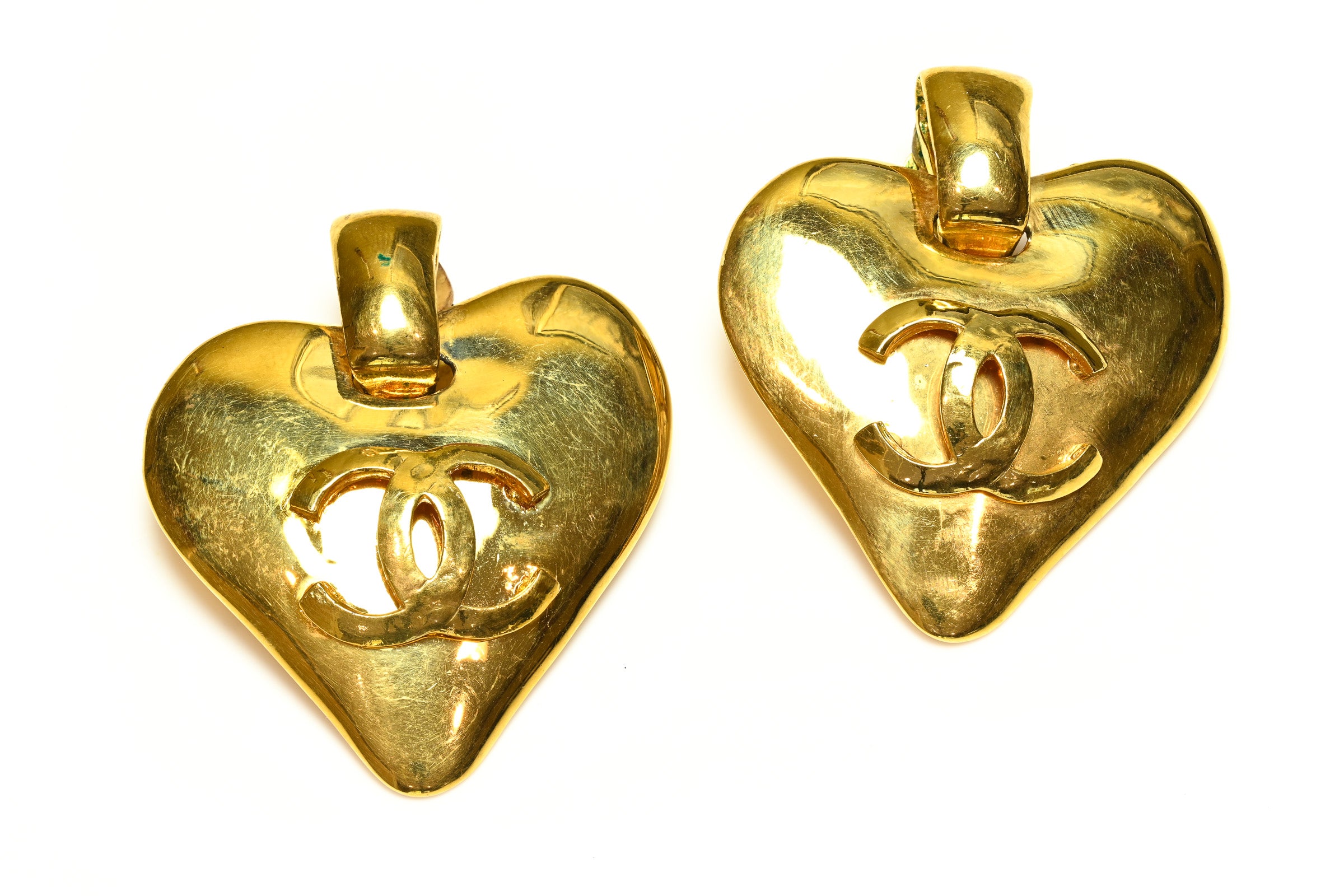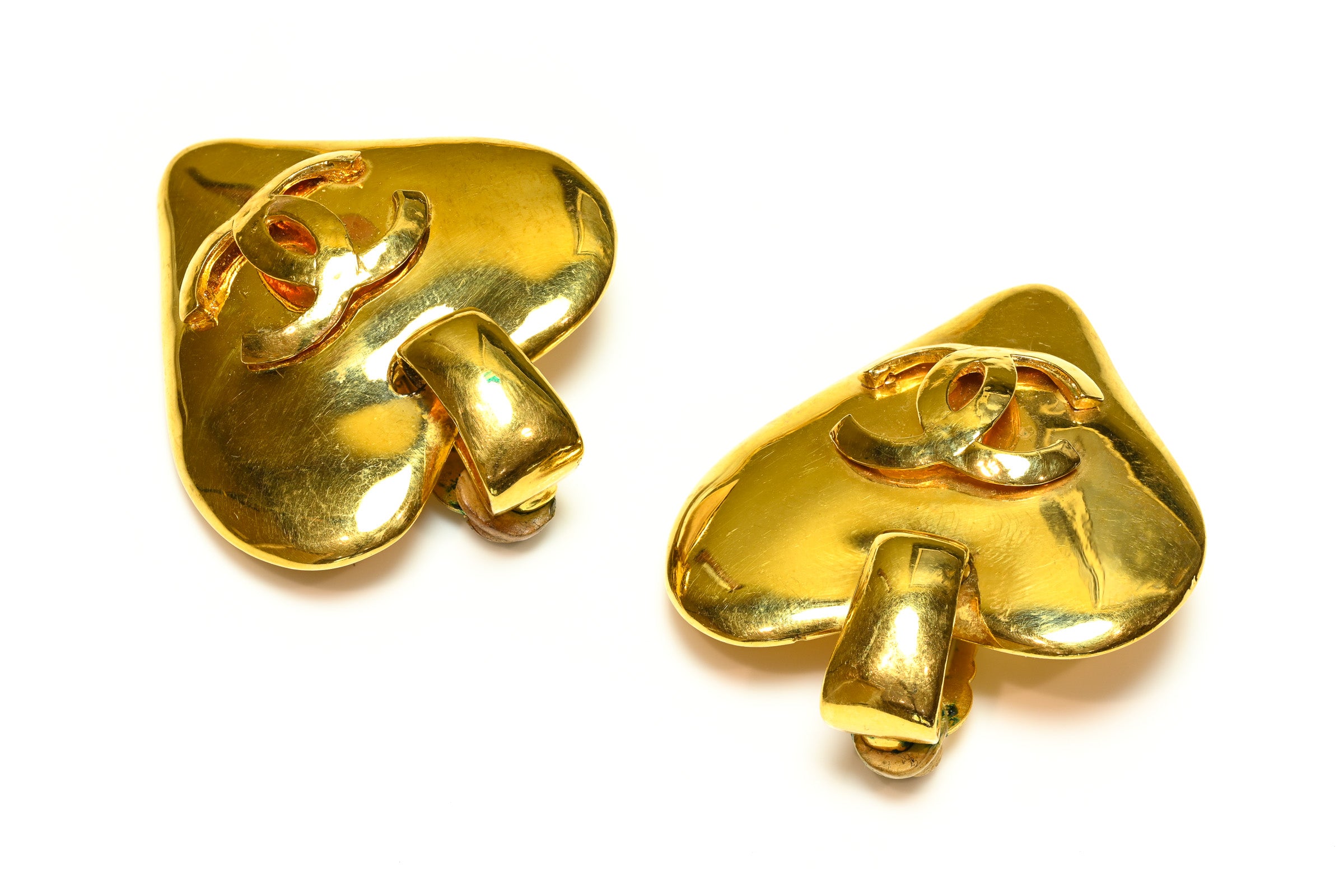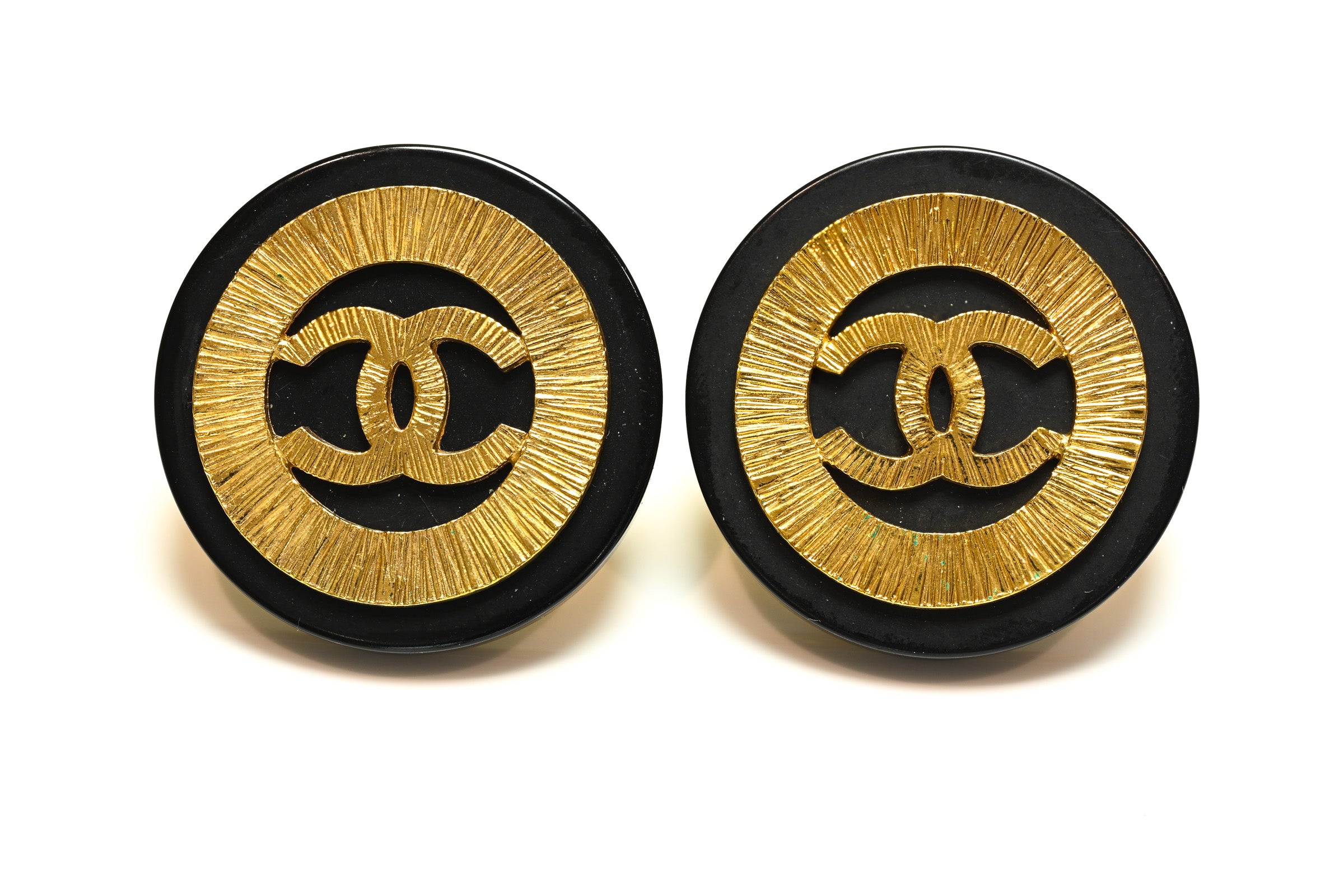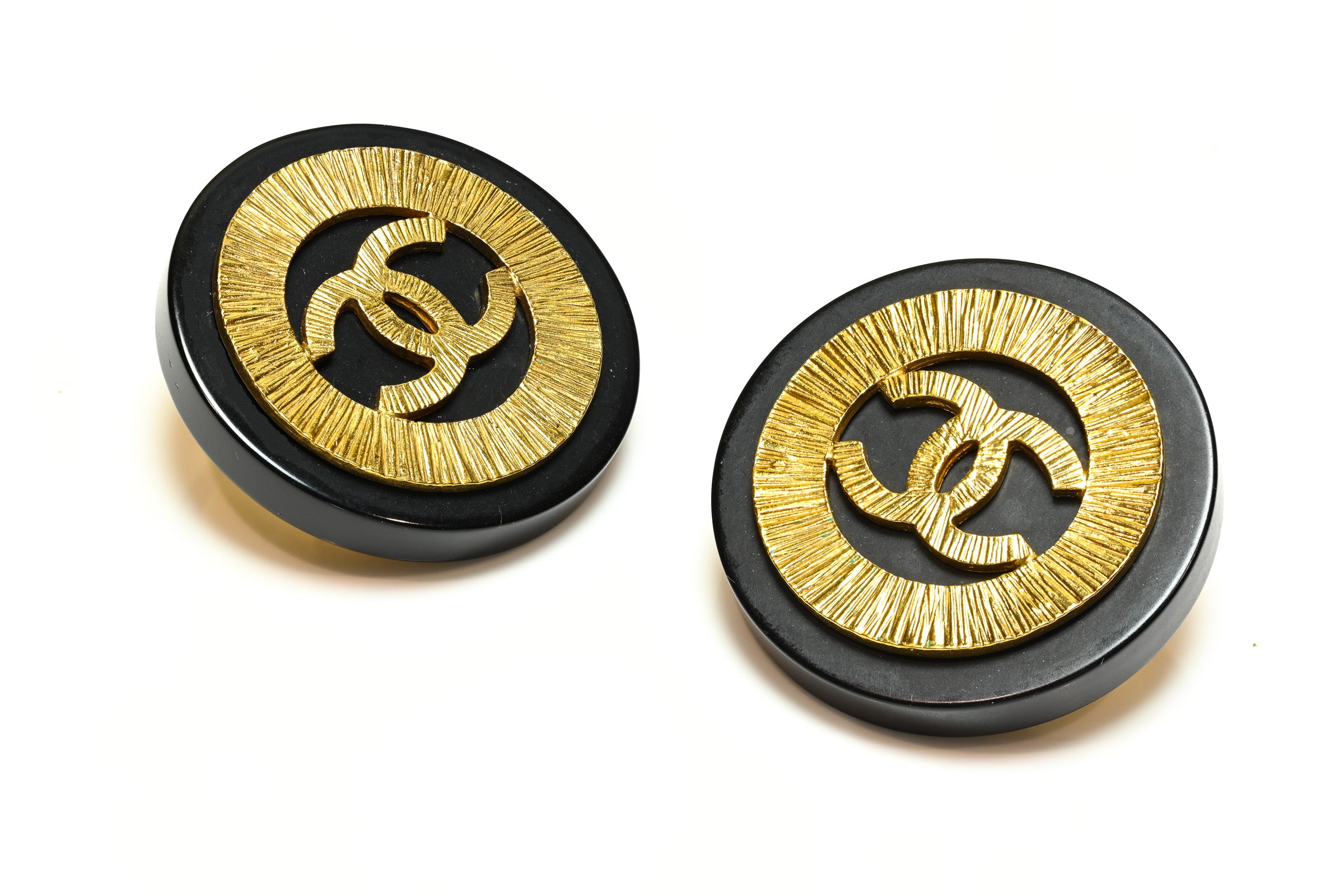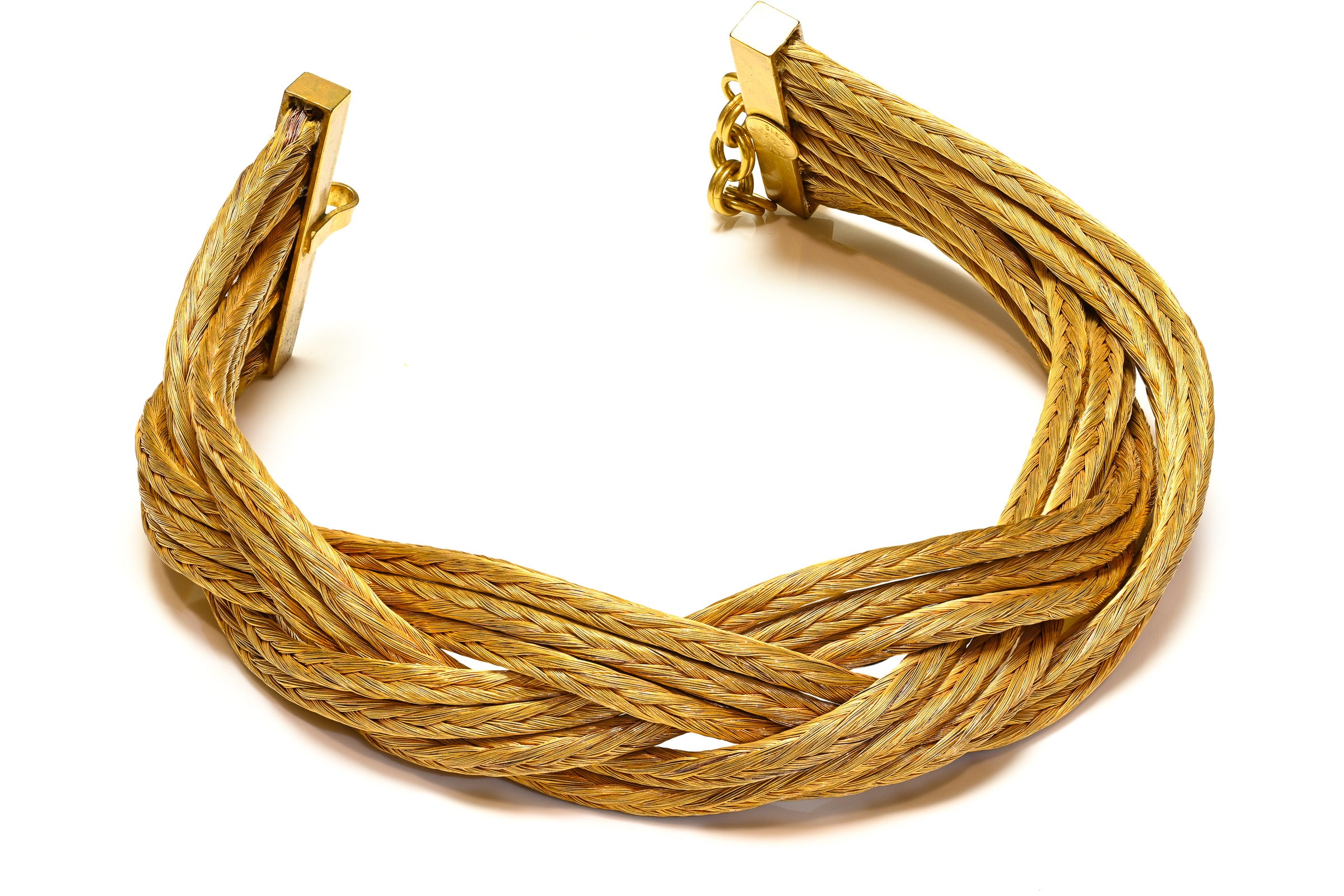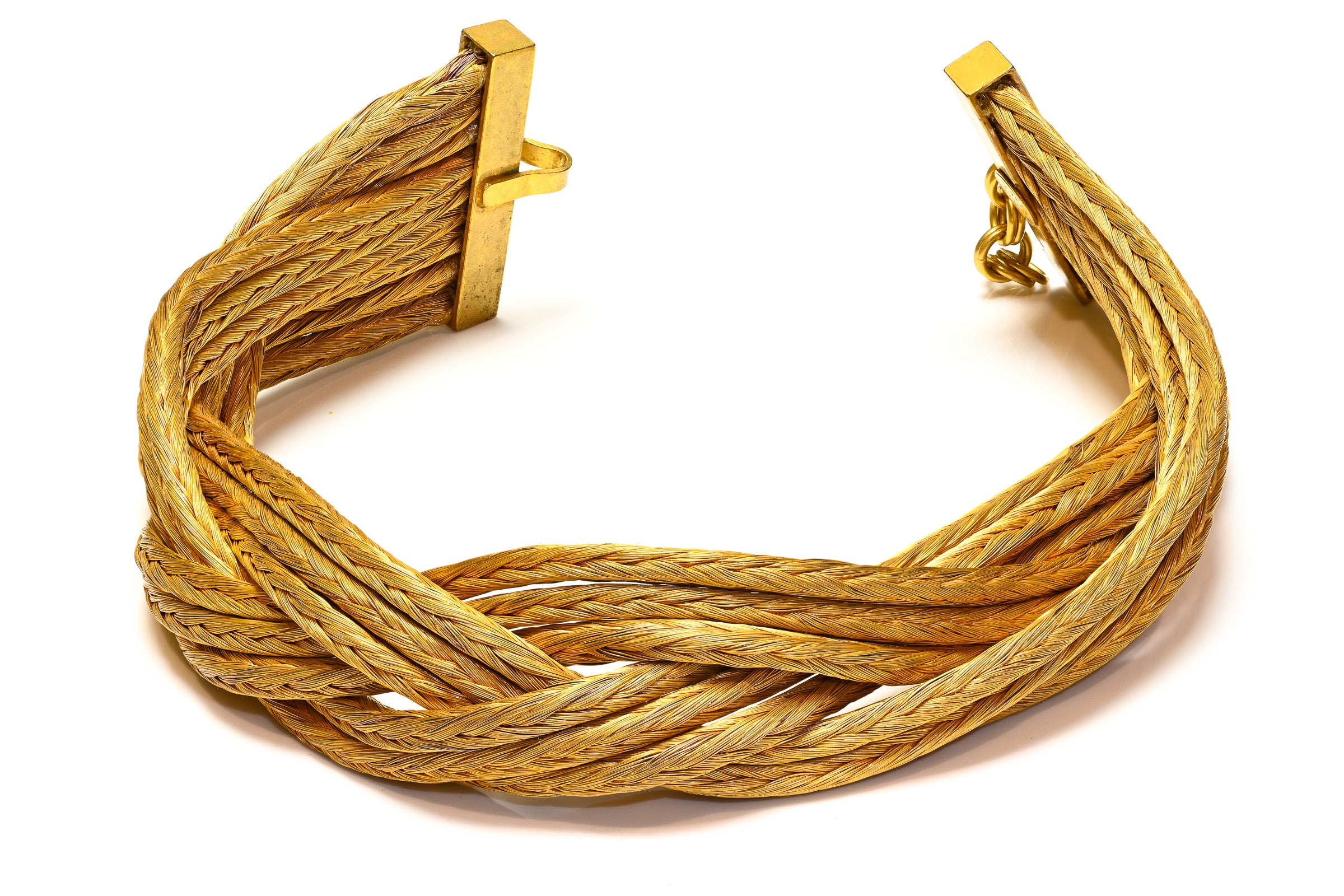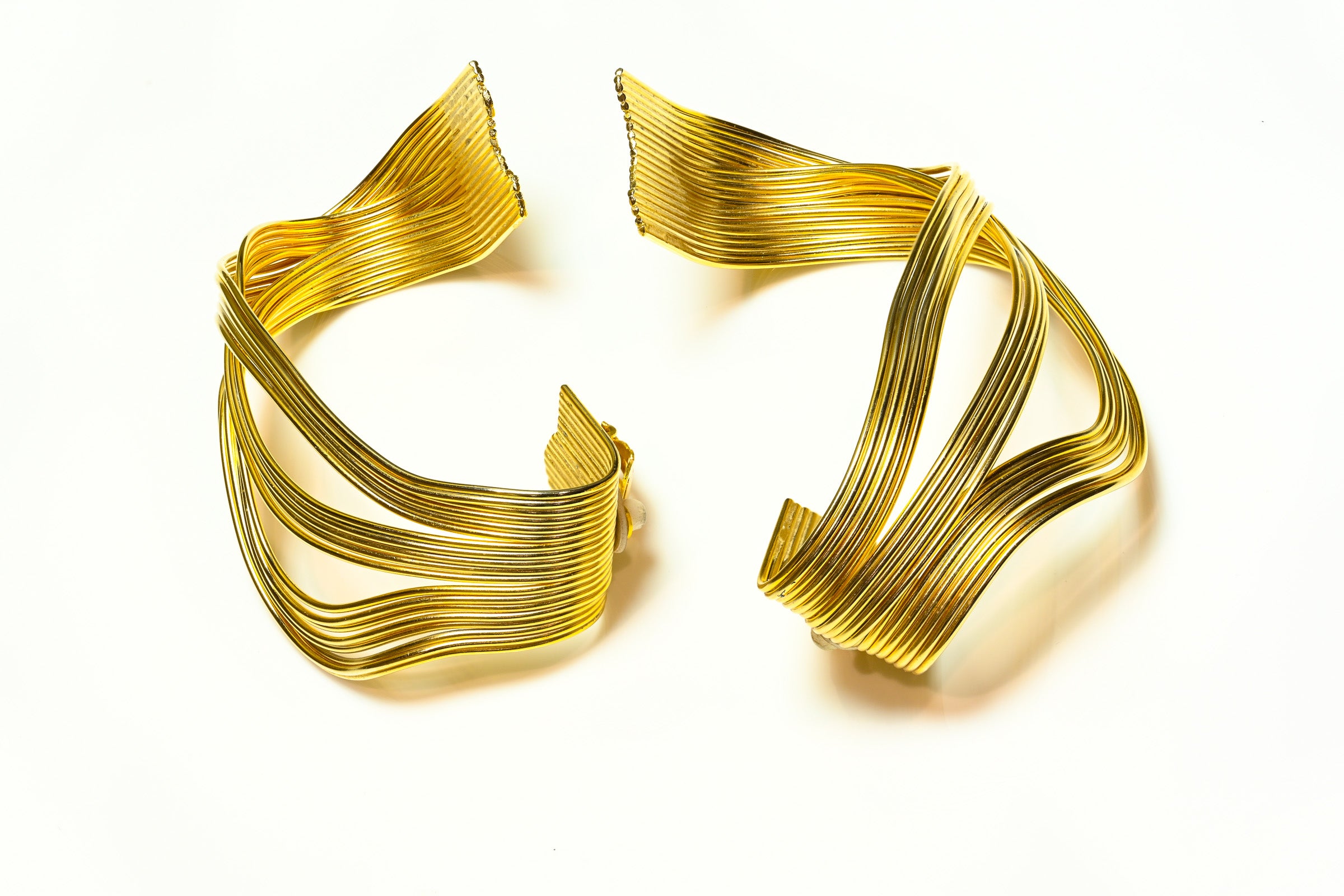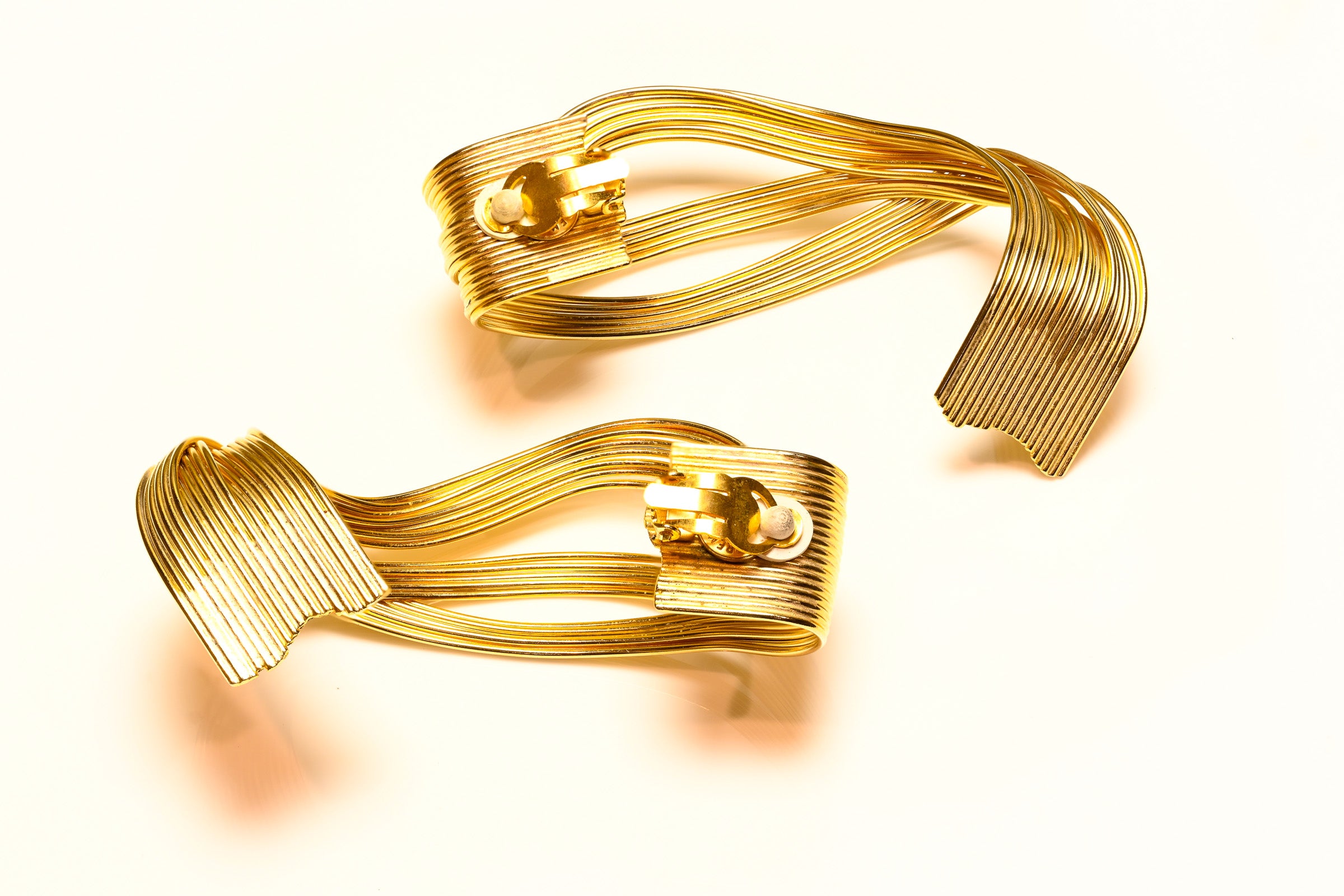
Opal: The Gemstone That Stuns the World with Its Beauty
Opal is a unique gemstone that stands out among precious stones. Its shifting colors and patterns make it captivating to anyone who sees it. Unlike any other gemstone, opal's beauty is hard to describe—each stone seems to come alive with vibrant flashes of light, making it highly sought after by collectors and jewelry enthusiasts. What makes opal truly special is not just its appearance, but also the sense of mystery that surrounds it.
Opal is cherished in various cultures around the world for its enchanting play-of-color and unpredictable patterns. Throughout history, it has been adored by both ancient royalty and contemporary designers. Its appeal knows no boundaries, as it has earned a reputation as a gemstone that embodies extraordinary beauty and fascination.
In this article:
- Explore the different types of opal and their mesmerizing qualities
- Discover the stories and symbolism associated with opals throughout history
- Learn about the distinct characteristics that make this gemstone one-of-a-kind
Get ready to delve into the captivating realm of opals—a journey filled with rarity, legends, and undeniable gemstone allure.
 A Fine Example of an Art Deco Platinum Black Opal Diamond Ring
A Fine Example of an Art Deco Platinum Black Opal Diamond Ring
1. The Alluring Types of Opal
Opals captivate collectors and gem lovers with a spectrum of colors, shapes, and optical effects. Each variety offers a distinct visual experience shaped by unique geological conditions. Understanding these types helps you appreciate why opal is unlike any other gemstone.
Black Opal
- Color & Body Tone: Renowned for their dark body tone ranging from jet black to deep blue or gray, Black Opals provide the most vivid play-of-color—fiery reds, electric blues, greens, and purples can all flash across their surface.
- Rarity: Black Opal is exceptionally rare and commands the highest prices in the opal world, especially stones from Lightning Ridge, Australia.
- Desirability: The stark contrast between the dark background and bright color patches makes each Black Opal unique and intensely sought after.
Light White Opal
- Visual Traits: Light White Opals feature a pale, milky white or light gray body color. Their play-of-color tends to be softer and more diffuse compared to Black Opals.
- Global Sources: Most Light White Opals come from South Australia’s vast opal fields.
- Popularity: This classic opal type remains favored for its gentle beauty and affordability.
Boulder Opal
- Formation: Boulder Opals develop as thin veins within ironstone rock. Unlike doublets or triplets, they are fully natural and contain both precious opal and host matrix.
- Distinct Look: The ironstone backing provides striking contrast, often with irregular natural shapes that highlight the opal’s vivid colors.
- Origin: Primarily found in Queensland, Australia.
Matrix Opal
- Pattern & Texture: Matrix Opals have precious opal material dispersed within the host rock (often sandstone or ironstone), creating intricate natural patterns throughout the stone.
- Appeal: No two Matrix Opals are alike—each one carries a landscape-like mosaic of color.
Cristal (Crystal) Opal
- Transparency: Crystal Opals are prized for their remarkable transparency or semi-transparency. The internal play-of-color appears to float inside the stone, sometimes showing through from both front and back.
- Versatility: These opals can have body tones ranging from clear to light or even dark hues.
Fire Opal
- Color Range: Fire Opals are celebrated for their warm body colors—yellows, oranges, and reds—stemming mostly from Mexican mines.
- Play-of-color: Some fire opals display vibrant flashes of color; others rely solely on their fiery base hue for impact.
- Distinctiveness: Unlike most opals, Fire Opals may lack play-of-color entirely but are valued for their intense natural color.
Criteria: Body Tone & Transparency
Opals are classified based on:
- Body Tone: The underlying darkness or lightness of an opal’s base color—ranging from black (N1) through gray to white (N9).
- Transparency: Ranges from opaque (common in Boulder and Light White) to semi-transparent or fully transparent (as seen in Crystal [Cristal] Opals).
These criteria affect not only appearance but also value. Whether you’re drawn to Black Opal’s drama or Light White’s subtlety, each type holds a place in the dazzling spectrum that makes opal endlessly fascinating.
 Black Opal and Diamond Owl Brooch Pin by William Ruser
Black Opal and Diamond Owl Brooch Pin by William Ruser
2. The Fascinating History and Cultural Significance of Opal
Opal has a rich history that spans across different cultures and time periods. It has been woven into the beliefs and legends of various societies, captivating them not only with its beauty but also with the deeper meanings attached to it.
Ancient Greeks: Prophecy and Protection
The ancient Greeks believed that opal had mystical powers. They saw it as a stone that could predict the future, granting its wearer the ability to see what was to come. Additionally, opals were thought to provide protection against illness, making them highly sought after by those seeking both knowledge and good health.
Roman Symbolism: Hope, Purity, Good Luck
For the Romans, opal held great significance. They viewed it as a symbol of hope and purity, a gemstone that combined the qualities and colors of other precious stones. Pliny the Elder, a famous Roman naturalist, described opal as possessing "the fire of ruby, the brilliant purple of amethyst, and the sea-green of emerald." Roman nobility often gifted opals as tokens of good fortune and affection.
Arabic Legends: Stones Born from Lightning
In Arabian folklore, opals were said to have fallen from the sky during thunderstorms. According to legend, each flash of lightning left behind a piece of celestial fire within the gem, explaining its vibrant play-of-color.
Indian Mythology: The Rainbow Goddess
In Indian mythology, there is a tale about the Goddess of the Rainbow who transformed herself into an opal to escape her suitors. This story symbolizes change and protection, with the gem's shifting hues representing her radiant beauty.
European Medieval Symbolism: Truth and Luck
During medieval times in Europe, opals were associated with honesty and good luck. Healers carried them as charms against sickness; writers believed they enhanced intelligence and cleverness. Royals wore them in crowns or personal adornments as symbols of reliability.
“The opal is made up of all virtues; it brings together the powers and beauties dispersed among other stones.”
— Medieval lapidary tradition
The reverence for opal throughout history shows its enduring allure—a legacy that still shapes how we appreciate this gemstone today.
3. The Magical Properties of Opals
Opals are not just beautiful gemstones; they also have a rich history of myths and beliefs surrounding them. Throughout the ages, people have attributed magical powers to opals, making them objects of fascination and wonder.
According to Aboriginal Australian legend, opals were created when the Creator came down to Earth on a rainbow. Wherever his foot touched the ground, vibrant stones filled with colors were formed, becoming opals.
The Beliefs Behind Opals
Many believe that opals possess unique qualities that can enhance creativity and inspire artistic expression. It is said that these gemstones have the ability to unlock new ideas and provide a boost of inspiration to those who wear them or keep them close by.
- Artists, writers, and musicians often gravitate towards opal jewelry or loose stones, hoping to tap into this potential for originality.
- The ever-changing colors within each opal serve as a reminder that creativity is dynamic and constantly evolving.
The Magic Properties of Opals
Here are some of the magical properties associated with opals:
- Enhancing intuition and psychic awareness
- Stimulating cosmic consciousness
- Aiding in connecting with one’s inner wisdom
- Amplifying emotions for personal growth
For individuals seeking spiritual guidance, opals are believed to promote heightened perception and deeper meditation experiences. Crystal healing practitioners utilize opal as a tool for accessing subconscious realms or fostering emotional clarity.
Whether worn as a protective charm or cherished in a collection, opals continue to be revered as gemstones that combine beauty with mystical significance.
 Vintage Cabochon Opal Diamond Ring in 18K Gold
Vintage Cabochon Opal Diamond Ring in 18K Gold
4. Sources and Mining Locations of Exquisite Opals Worldwide
Australia is the undisputed leader in opal production, accounting for over 95% of the world’s supply. This dominance is not by chance—unique geological conditions across Australian landscapes foster the rare environments needed for opal formation.
1. Lightning Ridge, New South Wales
Revered globally, this mining location produces the legendary Australian Lightning Ridge black opals. The interplay of silica-rich groundwater and ironstone creates an environment where these vivid, color-saturated gems can develop. Black opals from Lightning Ridge are renowned for their intense play-of-color and deep body tone, setting them apart as some of the most coveted opals on earth.
2. South Australia
Fields like Coober Pedy and Andamooka are synonymous with light white opals. These deposits form in soft sedimentary rocks, yielding stones with milky or translucent appearances and flashes of pastel hues.
3. Other notable sources
Ethiopia has emerged as a significant contributor with its vibrant crystal opals; Mexico remains famous for fiery orange-red fire opals. Smaller deposits exist in Brazil, Honduras, Indonesia, Slovakia, and the United States (notably Nevada).
Each mining location produces distinct varieties shaped by local geology, making every major field a treasure trove of unique beauty.
5. The Rarity and Value of Black Opals from Lightning Ridge
Black Opals are widely recognized as the most valuable type of opal in the gemstone market. Their reputation comes from the stunning play-of-color effect they display, which appears to float against a dark background—an effect that no other opal variety can match. Collectors and jewelers highly value these stones for their vibrant flashes of color, including bright blues and greens as well as rare reds and purples.
Key factors driving Black Opal value:
- Vivid Play-of-Color: The dark base of a Black Opal acts as a natural contrast, making the rainbow spectrum leap out with extraordinary brightness, even under low light.
- Rarity: Genuine Black Opals are found almost exclusively in Lightning Ridge, New South Wales, Australia. The geology here is unique—an interplay of volcanic activity and ancient inland seas created precise conditions for rich opal deposits to form.
- Formation Process: The mineral-rich groundwater slowly deposited silica into crevices within ironstone and clay layers. This process happened over millions of years and only under very specific environmental circumstances, resulting in the formation of precious Black Opal.
High-quality stones can command prices higher per carat than diamonds or sapphires. Large, flawless specimens with an abundance of color play are exceptionally scarce, making each gem a genuine collector's item. For those seeking rarity and distinction in their collection, Lightning Ridge Black Opals remain unrivaled in both allure and investment potential.
6. Symbolism and Allure of Opals in Jewelry Design
Opal jewelry has a rich history and meaning that spans across different cultures and time periods. This makes opals a fascinating choice for both everyday jewelry and cherished heirloom pieces. Many cultures believe that opals have special powers, such as bringing good luck, providing protection, or representing hope or purity.
Cultural Significance in Adornment:
- Ancient Romans saw opals as symbols of hope and purity, often giving opal rings as gifts to show trust and loyalty.
- In Victorian England, opals were used in mourning jewelry to symbolize truth and emotional healing.
- In some parts of Asia, it is believed that wearing opal pendants can protect against negative energy, with the gem's play-of-color representing positive transformation.
Popular Settings That Enhance Opal’s Beauty:
- Gold Necklaces: Yellow or rose gold frames enhance the warmth of fire opals and highlight the contrasting flashes found in black or boulder opals.
- Diamond & Platinum Rings: Pairing an opal with diamonds creates dramatic contrast, amplifying both the brilliance of the diamond and the spectral play-of-color unique to precious opal. Platinum settings bring a contemporary edge while offering durability for daily wear.
- Art Deco Designs: Vintage-inspired pieces often feature geometric arrangements with opals at their heart, utilizing symmetrical patterns that enhance the natural iridescence.
Designers and collectors are always looking for new ways to showcase the gemstone's shifting colors. Whether it's through intricate filigree designs or bold modern cocktail rings, opals always stand out while adding layers of meaning to each piece. The result is jewelry that not only looks stunning but also tells stories of hope, good fortune, and personal significance—a reminder of why these gems continue to be treasured by generations.
Vintage Opal Wood Gold Diamond Pearl Earrings
7. Caring for Your Precious Opal Gemstone Collection
Proper care is essential when dealing with natural opals, given their delicate structure and water content. These gemstones are softer than many other jewels, ranking between 5 and 6.5 on the Mohs hardness scale, making them susceptible to scratching, cracking, or crazing if handled carelessly.
Best Practices for Maintaining Natural Untreated Opals:
- Avoid Exposure to Sudden Temperature Changes:
- Opals are sensitive to rapid changes in temperature and low humidity environments. To prevent dehydration—which can lead to surface cracks—store opals away from direct sunlight, heaters, or air conditioning vents.
- Gentle Cleaning Techniques:
- Always use a soft, damp cloth to clean your opal jewelry. Mild soap diluted in water is suitable, but never submerge opals for long periods or use ultrasonic or steam cleaners.
“A simple wipe with a moist microfiber cloth preserves brilliance without risking damage.”
- Protect from Physical Impact:
- Remove opal rings before engaging in activities that might result in hard knocks or abrasion. Store each piece separately in padded pouches to avoid contact with harder gemstones.
- Maintain Humidity for Storage:
- Storing opals with a slightly damp cotton pad inside a sealed plastic bag helps maintain appropriate moisture levels during dry seasons.
- Regular Inspections:
- Check prongs and settings frequently; loose stones are more vulnerable to damage.
Adhering to these guidelines ensures that the ethereal beauty of your opal collection endures for years, allowing the colors and fire within each stone to remain vibrant as the day they were discovered.
Conclusion
Opal is a one-of-a-kind gemstone that stands out among all precious stones. Its ever-changing colors and mysterious origins make it a captivating gem. Each opal has its own story, told through vibrant flashes of blue, green, red, and gold—an ancient geological masterpiece influenced by various cultures throughout history.
- Collectors and jewelry enthusiasts adore opal for its unparalleled beauty and mystical qualities.
- Its ability to inspire awe comes not only from its scarcity but also from the sense of wonder it evokes—every opal is truly one-of-a-kind.
Wearing or possessing an opal means bringing a piece of nature's artistry into your life. Whether it's set in gold jewelry or treasured as a standalone specimen, this gemstone continues to amaze the world with its breathtaking allure, leaving behind an everlasting legacy as one of Earth's most enchanting treasures.
 Antique Opal Demantoid Necklace Brooch
Antique Opal Demantoid Necklace Brooch
Natural opals are those which have not been treated in any way, other than by cutting and polishing. Natural opals are usually described as light, dark/black, boulder, and matrix. Although boulder opal has an ironstone backing, it is regarded as a solid natural opal because this backing occurs naturally.
The variety of natural opal is determined by the two characteristics "body tone" and "transparency". Every gemstone collector should own an opal. There are many varieties that are still affordable. The sole sigh of this magnificent stone brings joy to the beholder!


